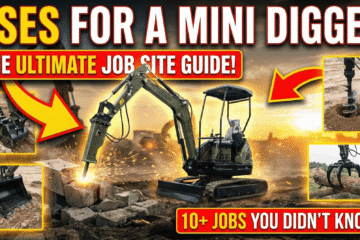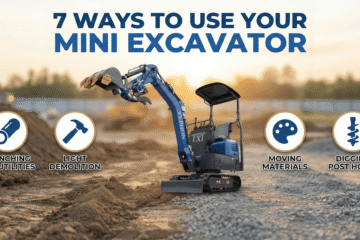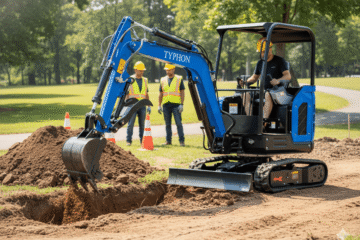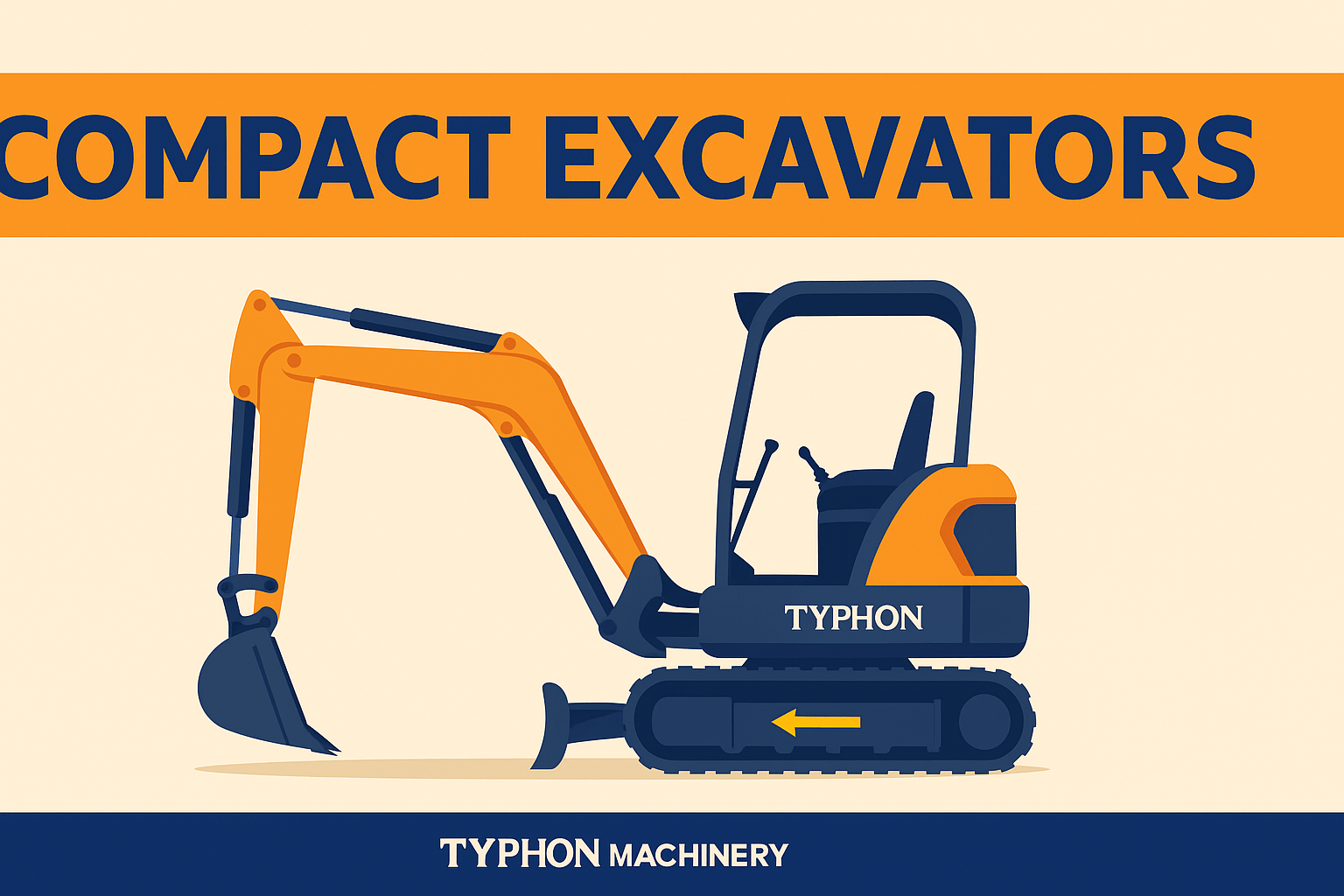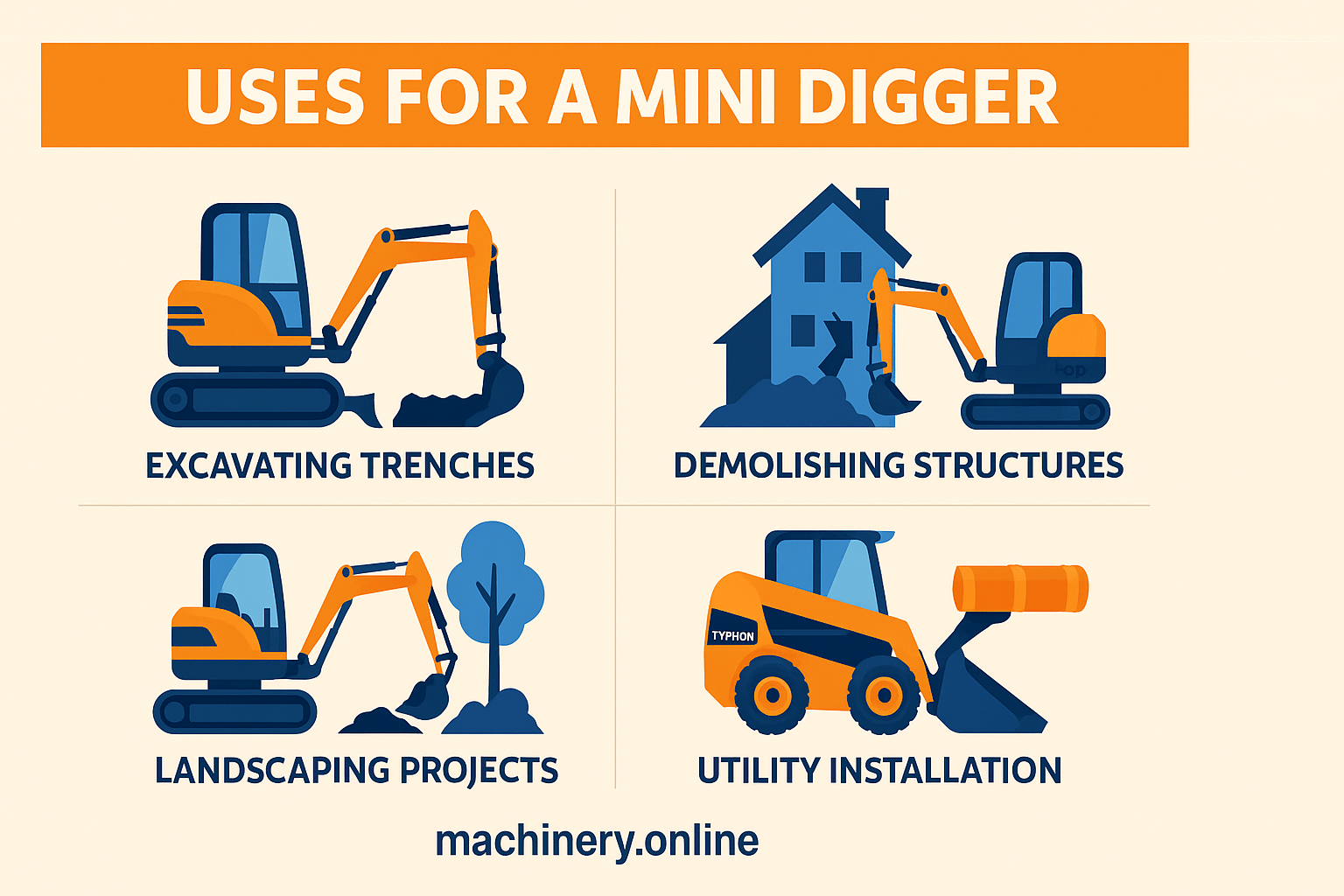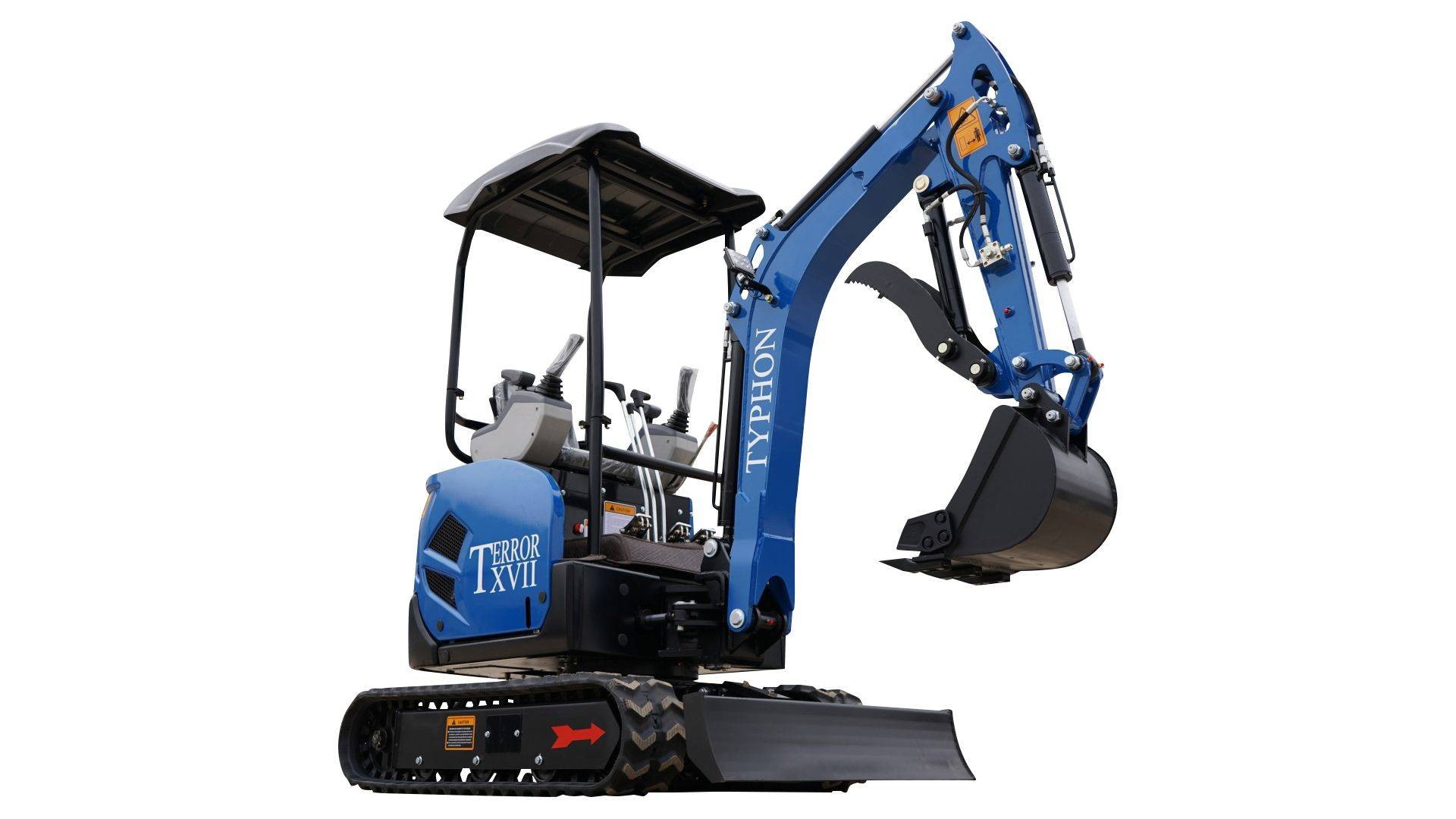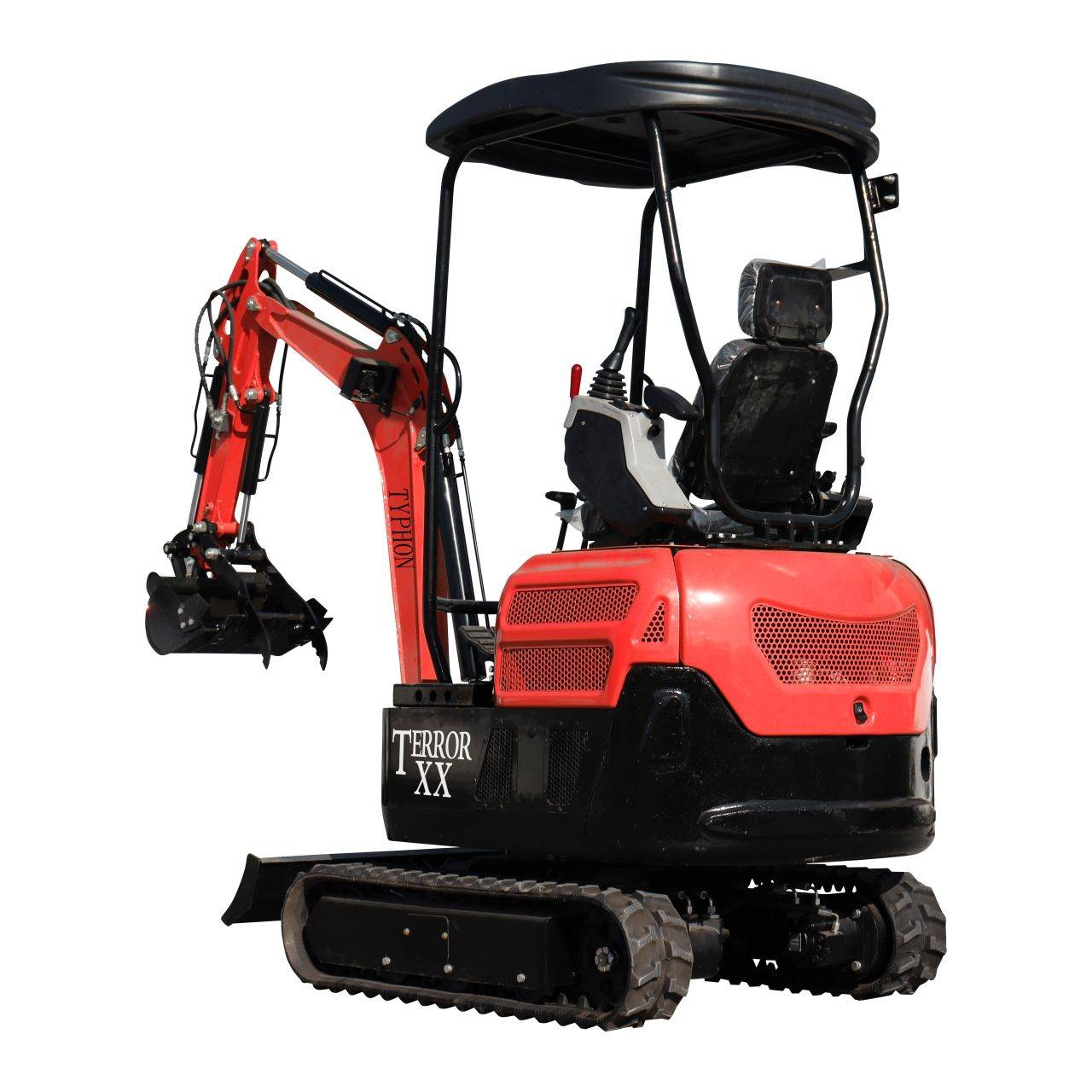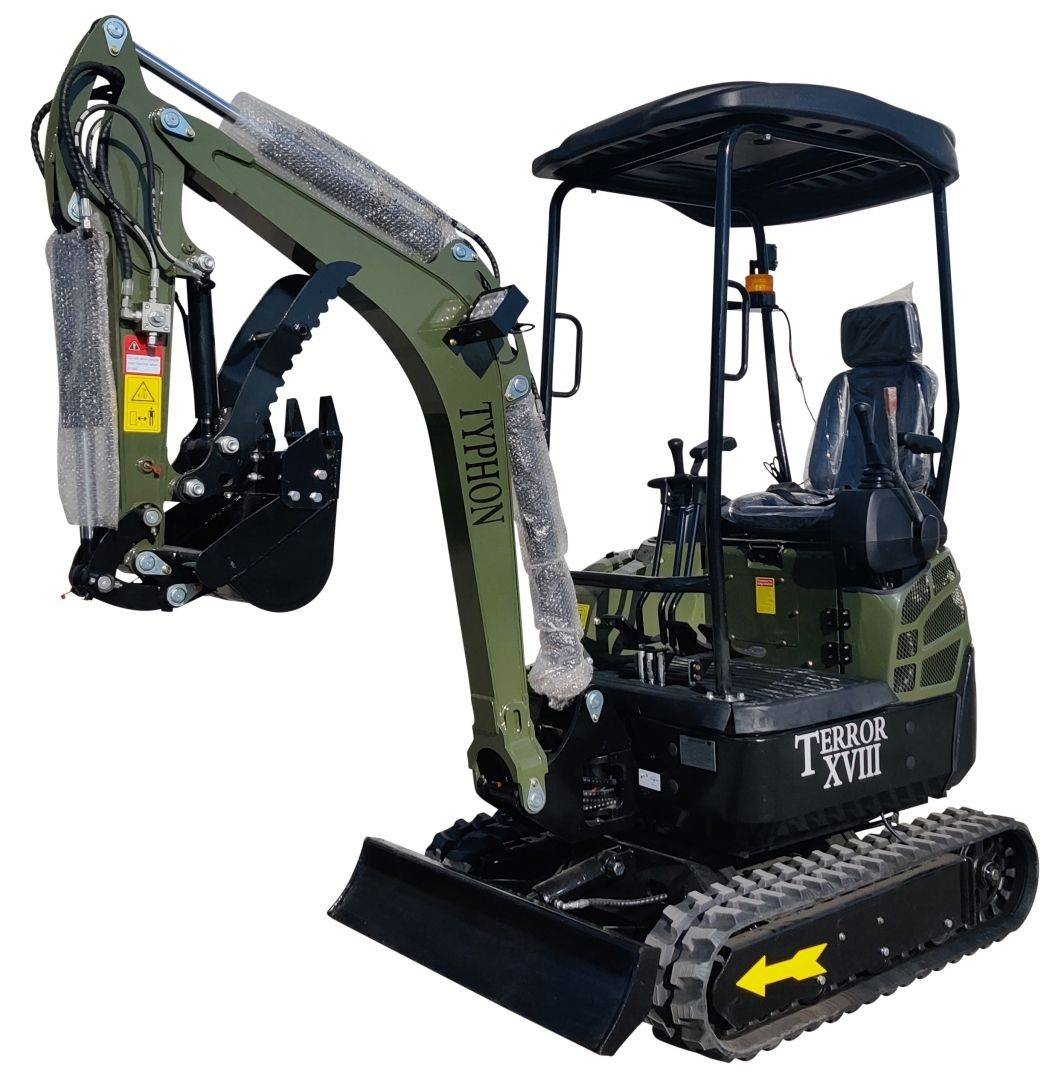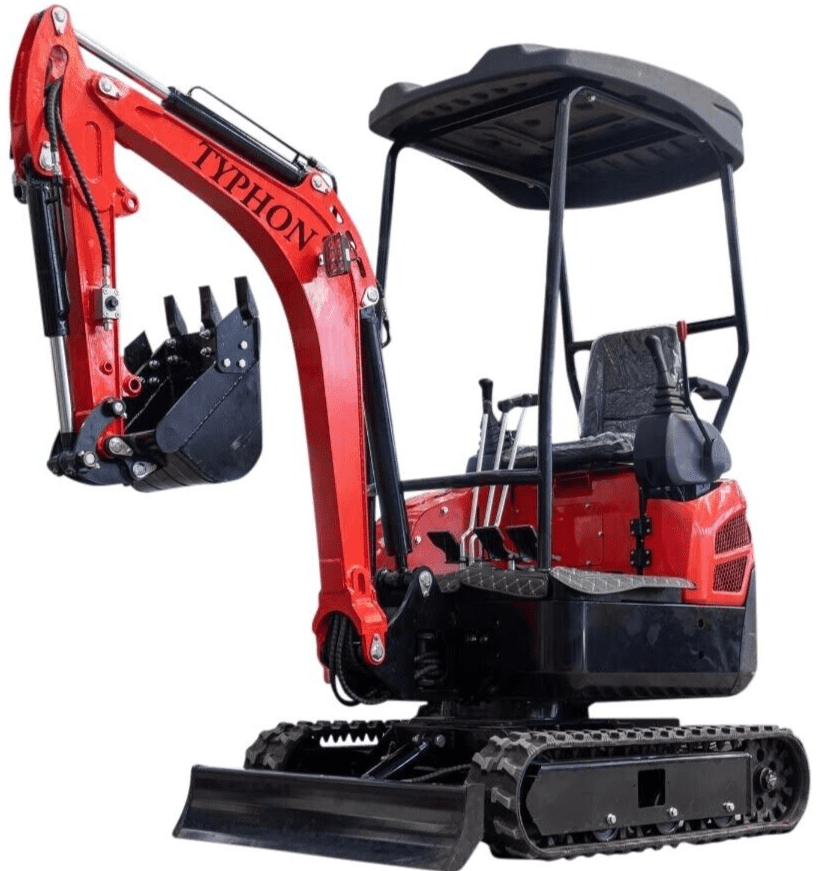
Excavators Types and Their Purposes
Different types of excavators are powerful machines used in construction, mining, and many other industries. They come in various shapes and sizes; each is suitable for specific tasks. In this guide, we will describe the different types of excavators and their common uses.
Different Types of Excavators and Their Uses
Let’s have a look at different types of excavators you need to know:
1. Crawler Excavators
Crawler excavators have tracks instead of wheels. This design allows them to move easily over rough terrain and heavy loads. The most common applications of crawler excavators are digging foundations, trenches, and holes.
These types of excavators can also help in shaping the land and removing trees or large rocks. Additionally, crawler excavators are also suitable to extract minerals from the ground.
2. Mini Excavators
Mini excavators are smaller than traditional excavators. Their compact size allows them to work in tight spaces. These are suitable to perform small jobs like digging a garden or installing a fence.
Additionally, they can fit through narrow gates and work close to buildings without damaging them. Above all, mini excavators can fit in crowded areas because of their size. This is making them ideal for city construction and renovation projects.

3. Dragline Excavators
Dragline excavators are large machines suitable for heavy digging and excavation. They have a big bucket that is lowered and dragged to scoop up materials. They can move a lot of material in a single scoop, making them efficient for large jobs.
- Dragline excavators are commonly used in surface mining to remove overburden (the soil and rock above the minerals).
- They can also dig deep into rivers and lakes to remove sediment and maintain waterways.
- Draglines are useful for moving large amounts of earth quickly.
- Moreover, the long arm allows for digging at great depths without needing to move the entire machine.
4. Wheeled Excavators
Wheeled excavators have large tires. Consequently, these are usually faster and more mobile than crawler excavators. Therefore, they are often used on paved surfaces.
Wheeled excavators are ideal for roads, sidewalks, and utility maintenance in cities. They can move from one site to another quickly which makes them suitable for projects that require a lot of travel.
5. Long Reach Excavators
Long reach excavators have an extended boom and arm, enabling them to reach farther than standard excavators. They are suitable to dig in deep waters and remove sediment from the bottom of lakes, rivers, and ponds.
Long reach excavators can reach high places, making them suitable for tearing down tall buildings and structures. They can also help in shaping large areas of land, especially in hard-to-reach spots.
- Their long arms allow for digging without moving the entire machine, which saves time and effort.
- They can have different attachments for various tasks, such as buckets and hammers.
6. Suction Excavators
Suction excavators use powerful vacuum systems to remove soil and debris. You can usually find them mounted on trucks. They are perfect for digging around underground utilities without damaging them.
Above all, suction excavators are useful for cleaning construction sites or removing debris from roads.
Final Thoughts
Understanding the different types of excavators and their purposes can help you choose the right machine for your project. Whether you need a powerful crawler excavator for a construction site or a mini excavator for a small backyard job, there’s an excavator designed for every task. Always consider the specific needs of your project, the space available, and your budget when selecting an excavator.


